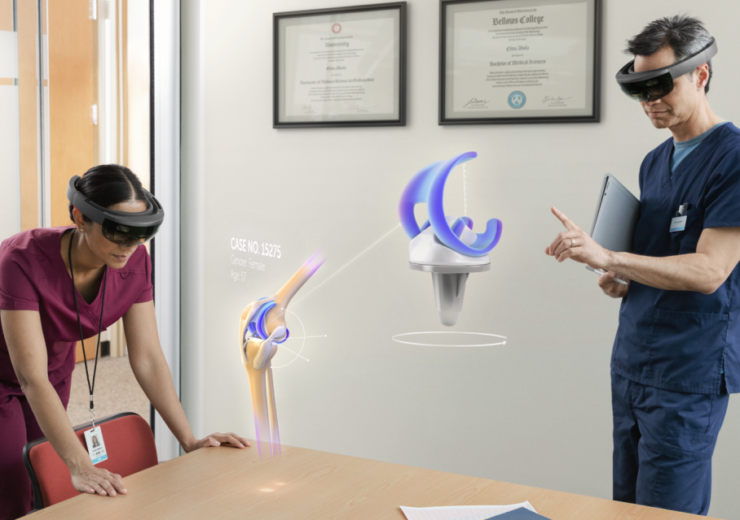In the ever-evolving landscape of healthcare, staying abreast of the latest advancements is not just beneficial but imperative. Among the myriad areas witnessing groundbreaking transformations, healthcare training stands out as a domain ripe for innovation. As technology continues to permeate every facet of our lives, it is revolutionizing how healthcare professionals are educated and trained. Let’s explore some of the latest technologies spearheading this transformative journey.
Virtual Reality (VR) and Augmented Reality (AR)
VR and AR have transcended the realm of entertainment to make significant inroads into healthcare training. These immersive technologies offer a simulated environment where trainees can engage in realistic scenarios without real-world consequences. From surgical simulations to patient consultations, VR and AR provide invaluable hands-on experience in a safe and controlled setting. Trainees can hone their skills, refine their decision-making abilities, and enhance their confidence, ultimately leading to better patient outcomes.

Simulated Learning Platforms
Simulated learning platforms leverage advanced algorithms and realistic scenarios to create interactive learning experiences. These platforms offer a dynamic environment where trainees can practice clinical procedures, diagnose illnesses, and formulate treatment plans. By incorporating feedback mechanisms, trainees receive personalized guidance and constructive criticism, accelerating their learning curve. Moreover, these platforms enable educators to track trainee progress, identify areas for improvement, and tailor training programs accordingly.
Telemedicine and Remote Training
The advent of telemedicine has not only revolutionized patient care but also transformed healthcare training. Through teleconferencing, webinars, and virtual classrooms, trainees can access expert instruction regardless of geographical constraints. Remote training allows for real-time collaboration, knowledge sharing, and mentorship, fostering a sense of community among healthcare professionals. Furthermore, telemedicine facilitates the dissemination of best practices, clinical guidelines, and research findings, ensuring that trainees stay updated on the latest developments in their field.
Artificial Intelligence (AI) and Machine Learning (ML)
AI and ML algorithms are reshaping healthcare training by offering personalized learning experiences and predictive analytics. These technologies analyze vast amounts of data to identify patterns, trends, and correlations that may elude human observation. By harnessing the power of AI, educators can customize training modules to meet individual learning objectives, preferences, and proficiency levels. Additionally, AI-driven assessment tools provide real-time feedback and performance metrics, enabling trainees to track their progress and identify areas for improvement proactively.
Gamification
Gamification integrates game design elements into educational content to enhance engagement, motivation, and retention. By transforming learning objectives into interactive challenges, quizzes, and competitions, gamification fosters a sense of achievement and mastery. Healthcare training programs leverage gamified simulations, case studies, and role-playing exercises to make learning more enjoyable and effective. Furthermore, gamification encourages collaborative learning and teamwork, mirroring the dynamic nature of healthcare delivery.
The convergence of technology and healthcare training heralds a new era of innovation and opportunity. VR, AR, simulated learning platforms, telemedicine, AI, ML, and gamification are just a few examples of the transformative technologies driving this paradigm shift. By embracing these advancements, healthcare educators can cultivate a skilled workforce equipped to tackle the complex challenges of modern medicine. As we navigate the ever-changing landscape of healthcare, one thing remains certain: the future of training is here, and it’s more exciting than ever before.

